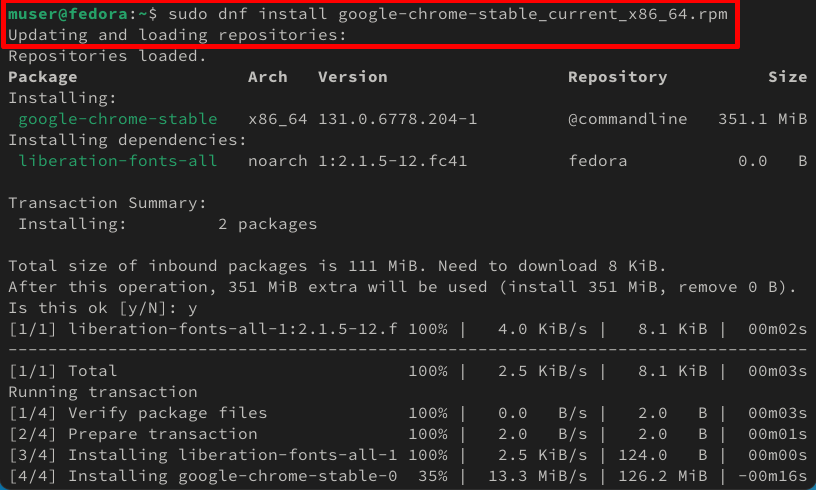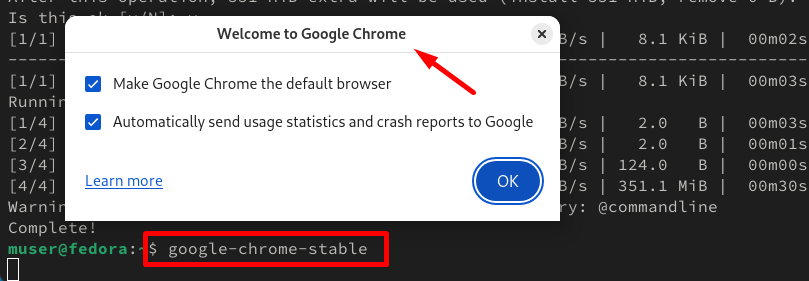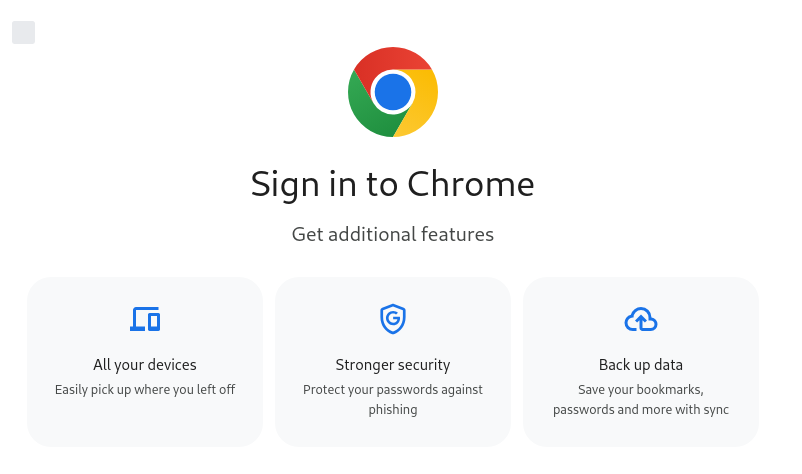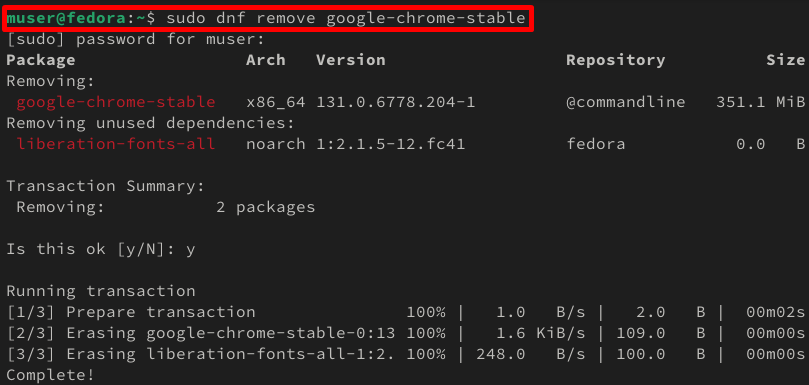Google launched its web browser for Windows in 2008 and later made it available for various other operating systems. Its user-friendly interface, efficiency, and security features make it a preferred choice for many users over other browsers. About 65-70% of users use Google Chrome!
If you’re wondering how to install Google Chrome on Fedora, stick around as we discuss it in this article.
Features of Google Chrome Browser
Before diving into the installation part, let’s explore some of the main features of the Google Chrome browser:
- Multiple User Profiles: Google Chrome enables you to create multiple profiles to keep your browsing separate for work, personal use, or family members.
- Manage Passwords: The Chrome browser offers a built-in feature to store, retrieve, and manage passwords securely.
- Incognito Mode: It offers an Incognito mode, allowing you to browse privately without leaving any traces of your activity.
- Add Extensions: Chrome can be customized by adding extensions such as ad blockers, productivity enhancers, and more.
- Screen Casting: Chrome allows you to cast your screen to streaming devices or smart TVs for a larger display.
- Pin Tabs: It allows you to pin important websites, keeping them pinned for quick access.
These features make Google Chrome a versatile and reliable web browser, making it the better choice for users.
Install Google Chrome on Fedora
This article will walk you through the easiest of many methods to install Google Chrome on Fedora, that is through its .rpm file.
via Google Chrome’s RPM File
Now, let’s go through the procedure to install Google Chrome on Fedora. We’ll install it using Google Chrome’s RPM file. To download this RPM file, either visit the official site of Google Chrome and download the RPM file or execute the following command to download the latest stable version of the Google Chrome installer:
$ wget https://dl.google.com/linux/direct/google-chrome-stable_current_x86_64.rpm
This command downloads Chrome’s .rpm file to the current working directory.
Afterward, execute the following dnf command to install Google Chrome:
$ sudo dnf install google-chrome-stable_current_x86_64.rpm
Finally, after installing Google Chrome, you can run the following command to launch it on your system:
$ google-chrome-stableAfter running this command, a dialog box will appear. Click the OK button on it:

Subsequently, a Google Chrome window will appear on your screen:

Congratulations! Now you can customize your browser and start exploring it.
How to Uninstall Google Chrome
If you are bored of using Chrome or you just want to uninstall it for any reason run the following command:
# RPM File
$ sudo dnf remove google-chrome-stable
Eventually, Google Chrome will be removed from your Fedora system entirely.
Conclusion
We’re well aware of the popularity of the Google Chrome web browser among other browsers. Although Google Chrome is available for Fedora, it doesn’t come pre-installed by default. To resolve this issue, we discussed how to install Google Chrome in Fedora from its .rpm file in this blog post.
I’m Malaikah, a Digital Forensics and Cyber Security student and CEH certified, with a passion for writing about Linux and the tech world.












